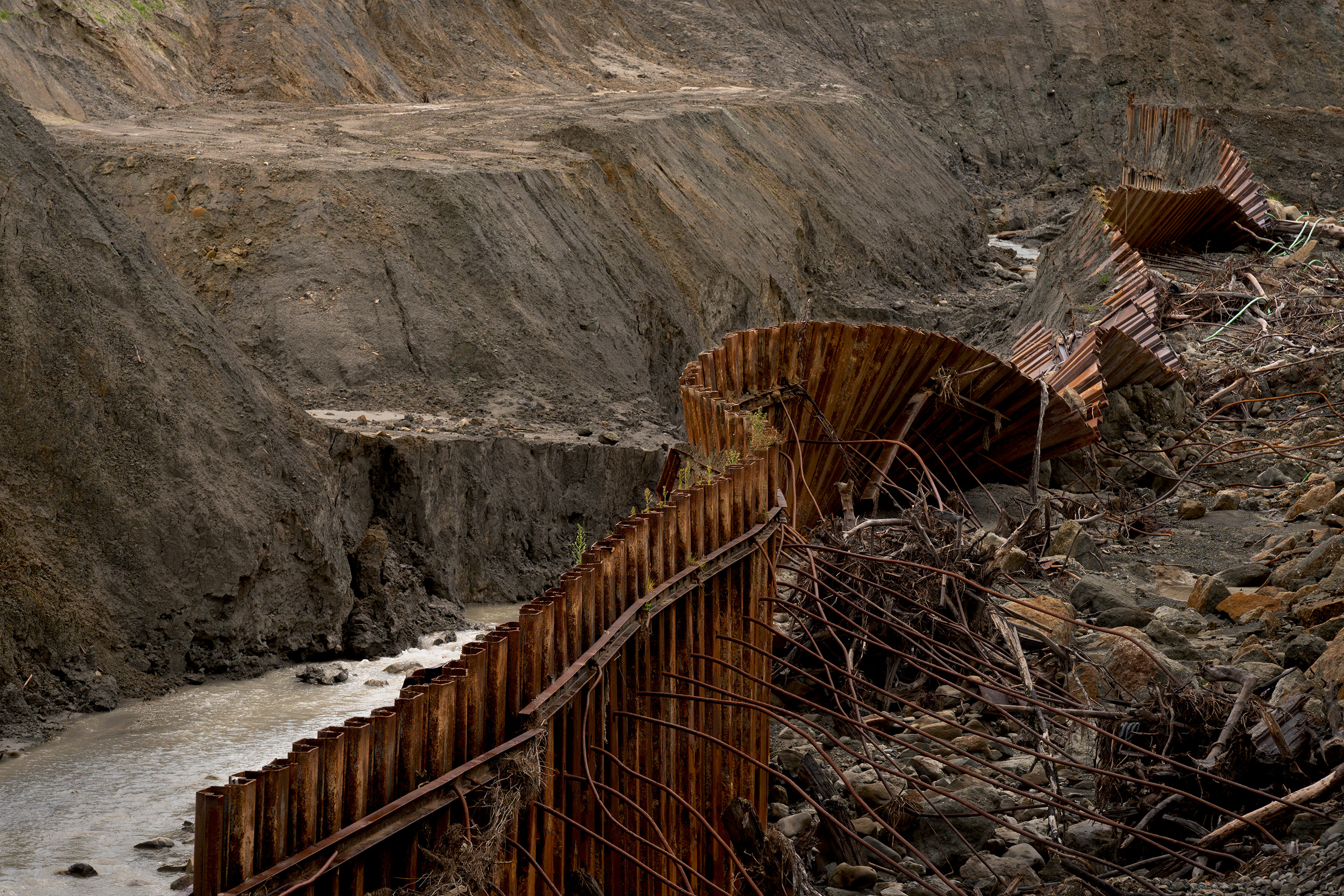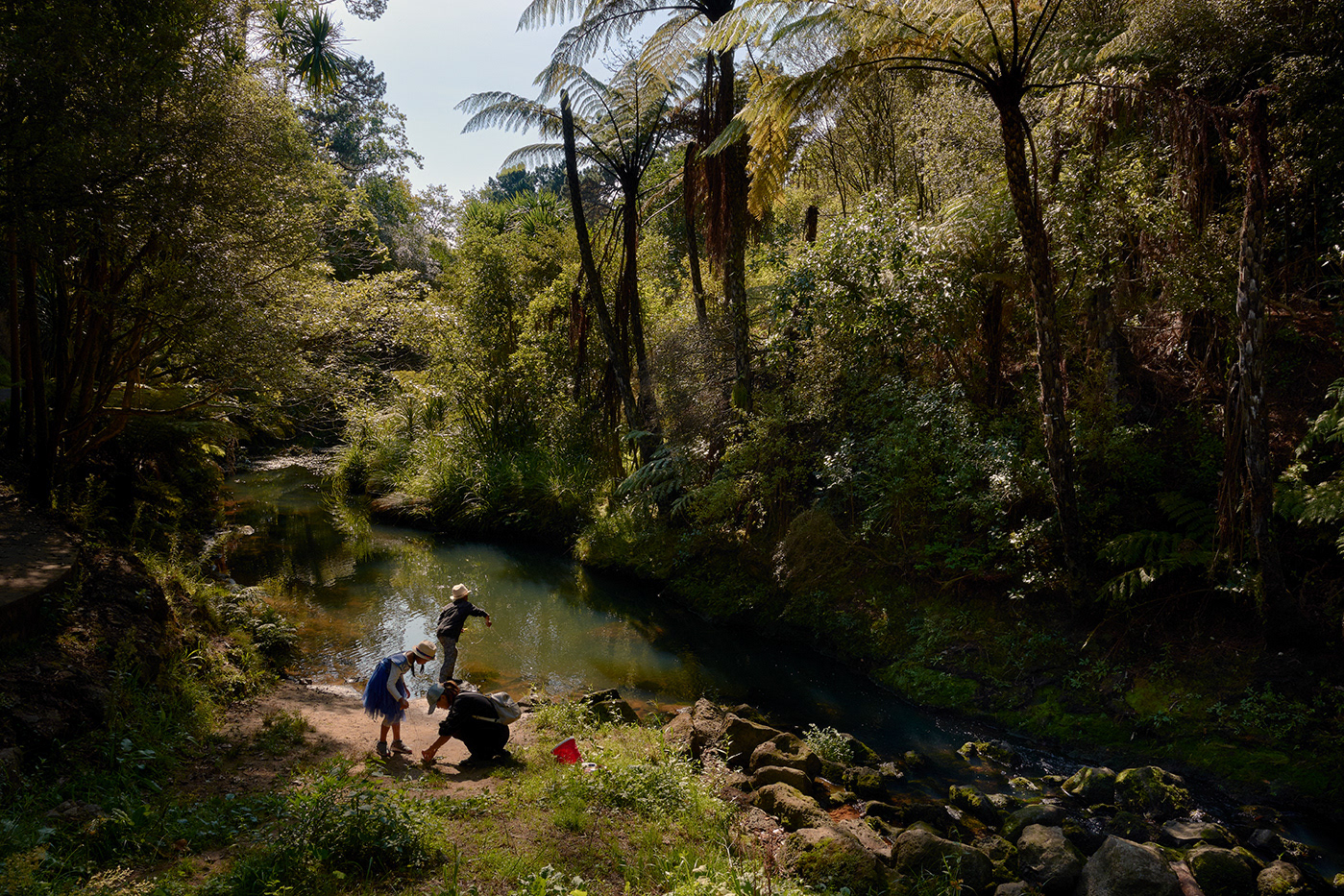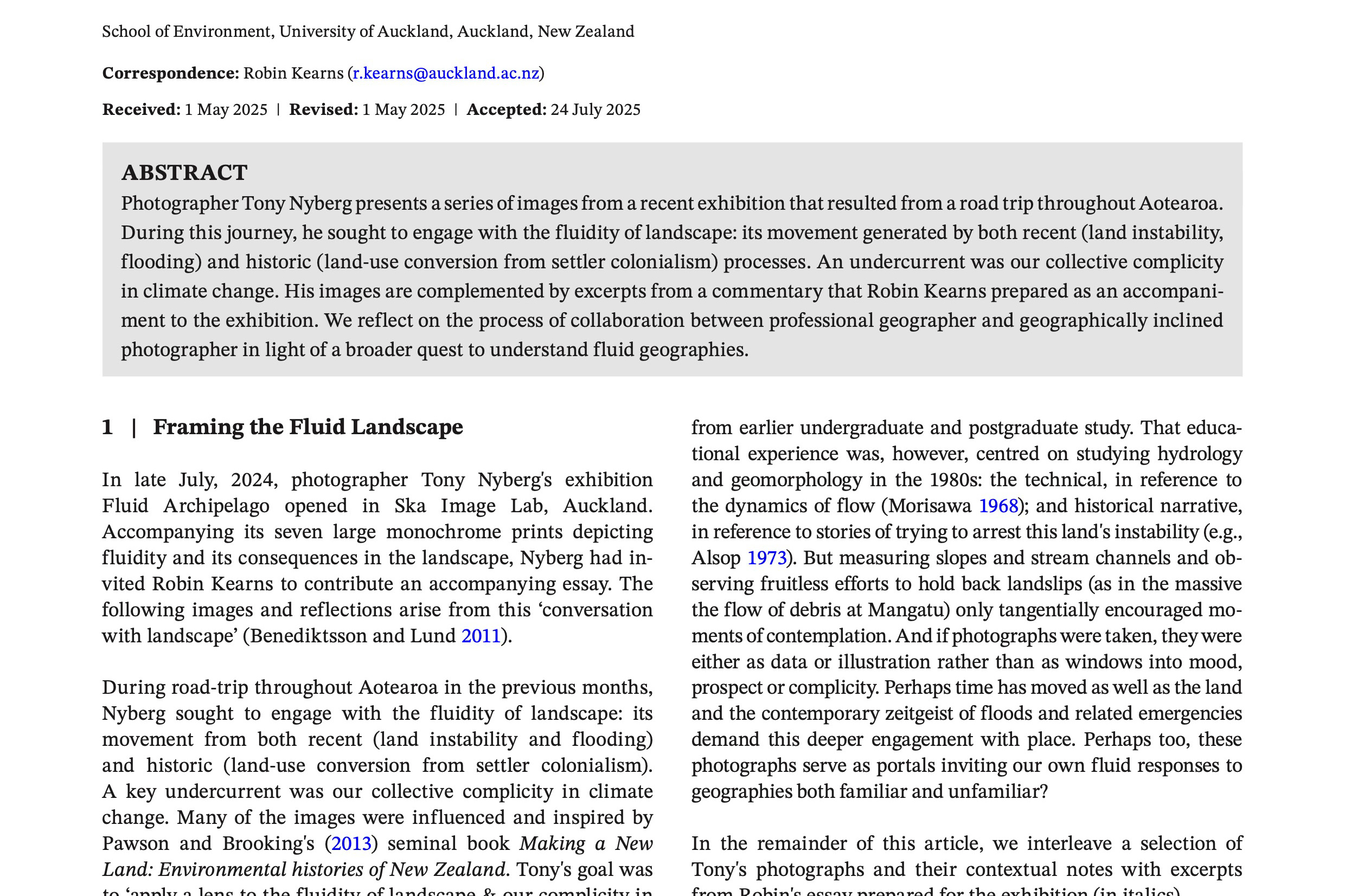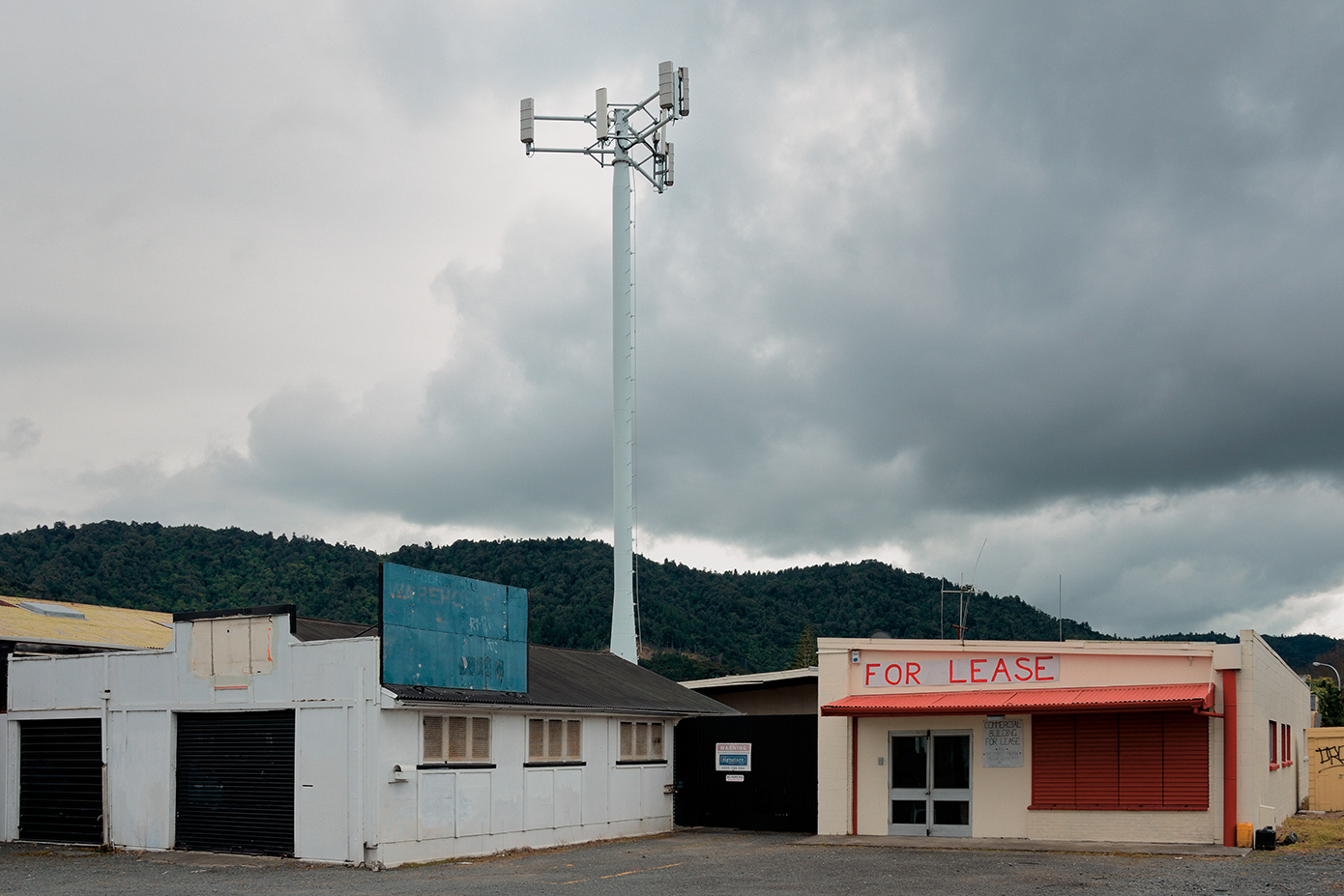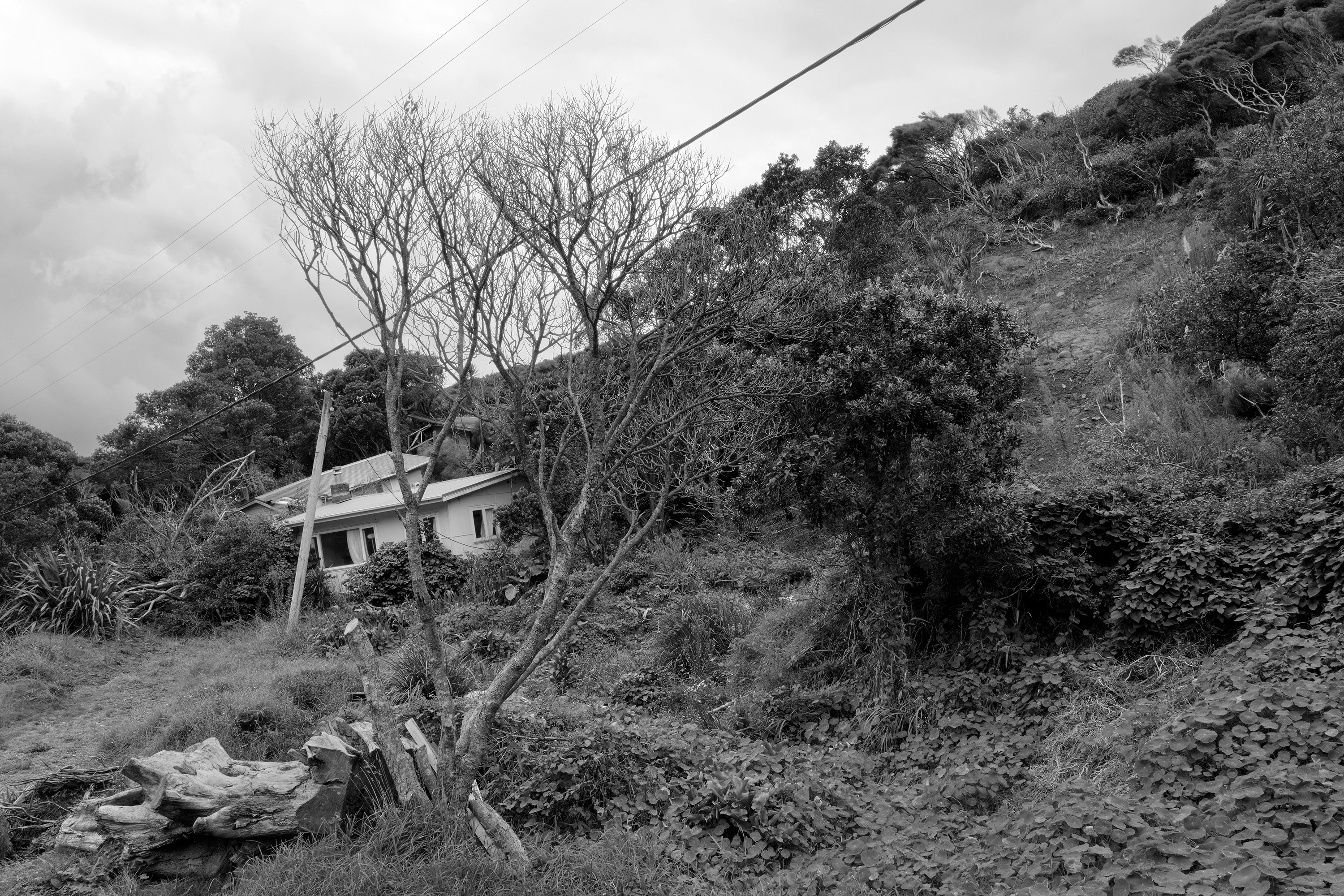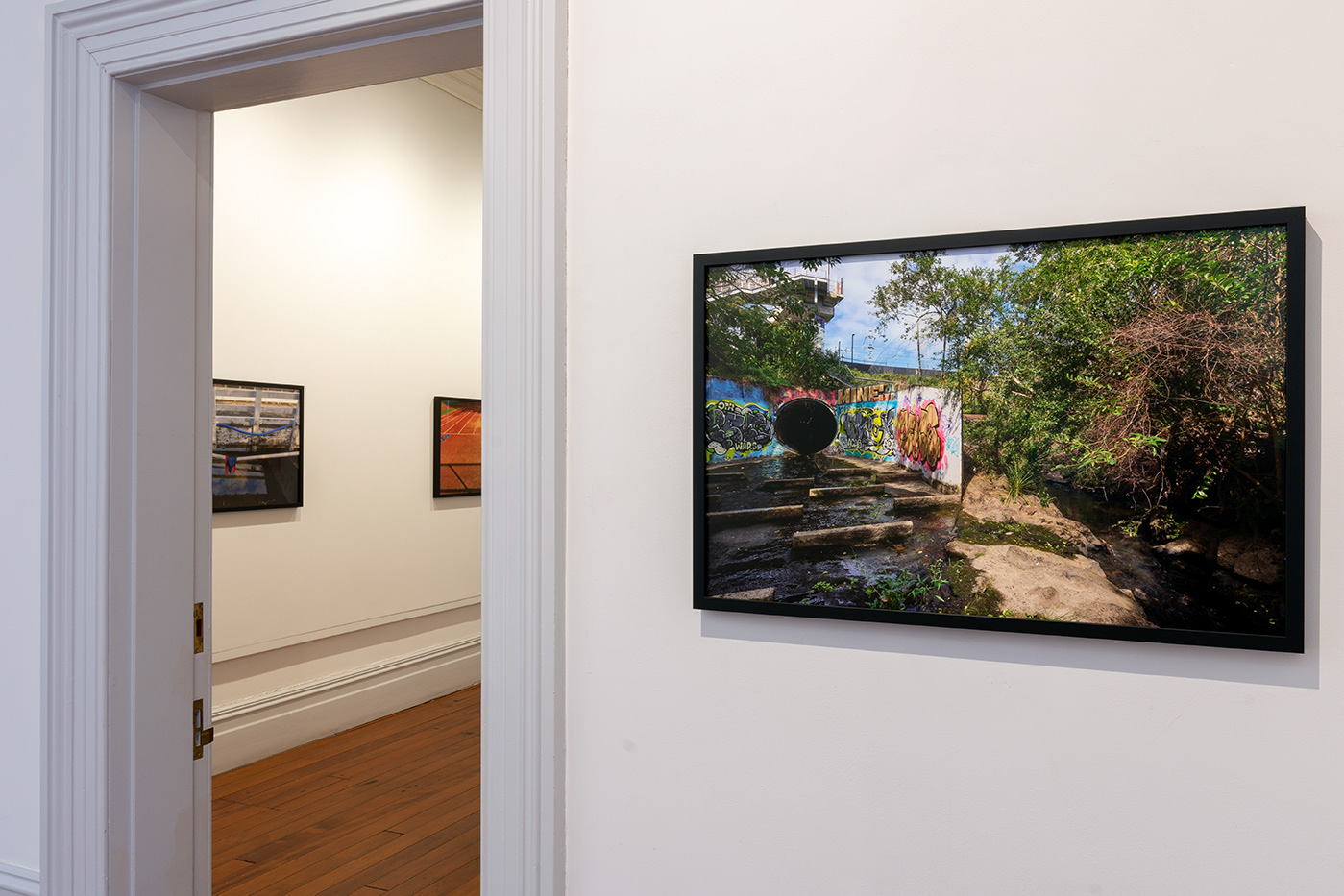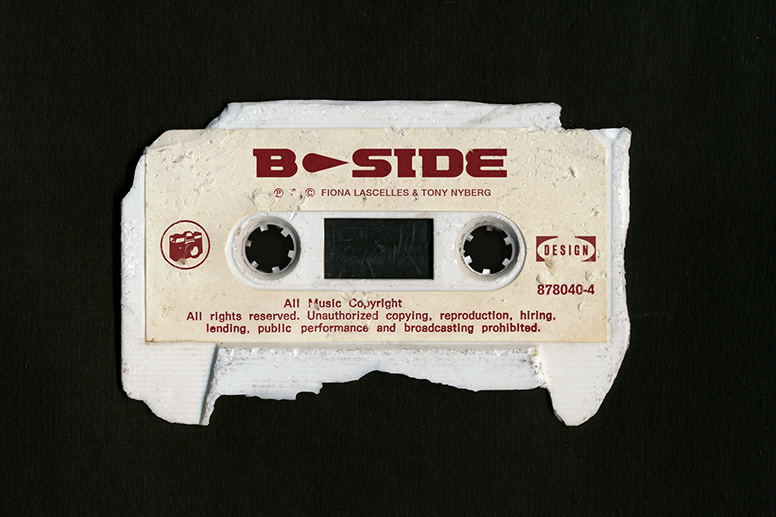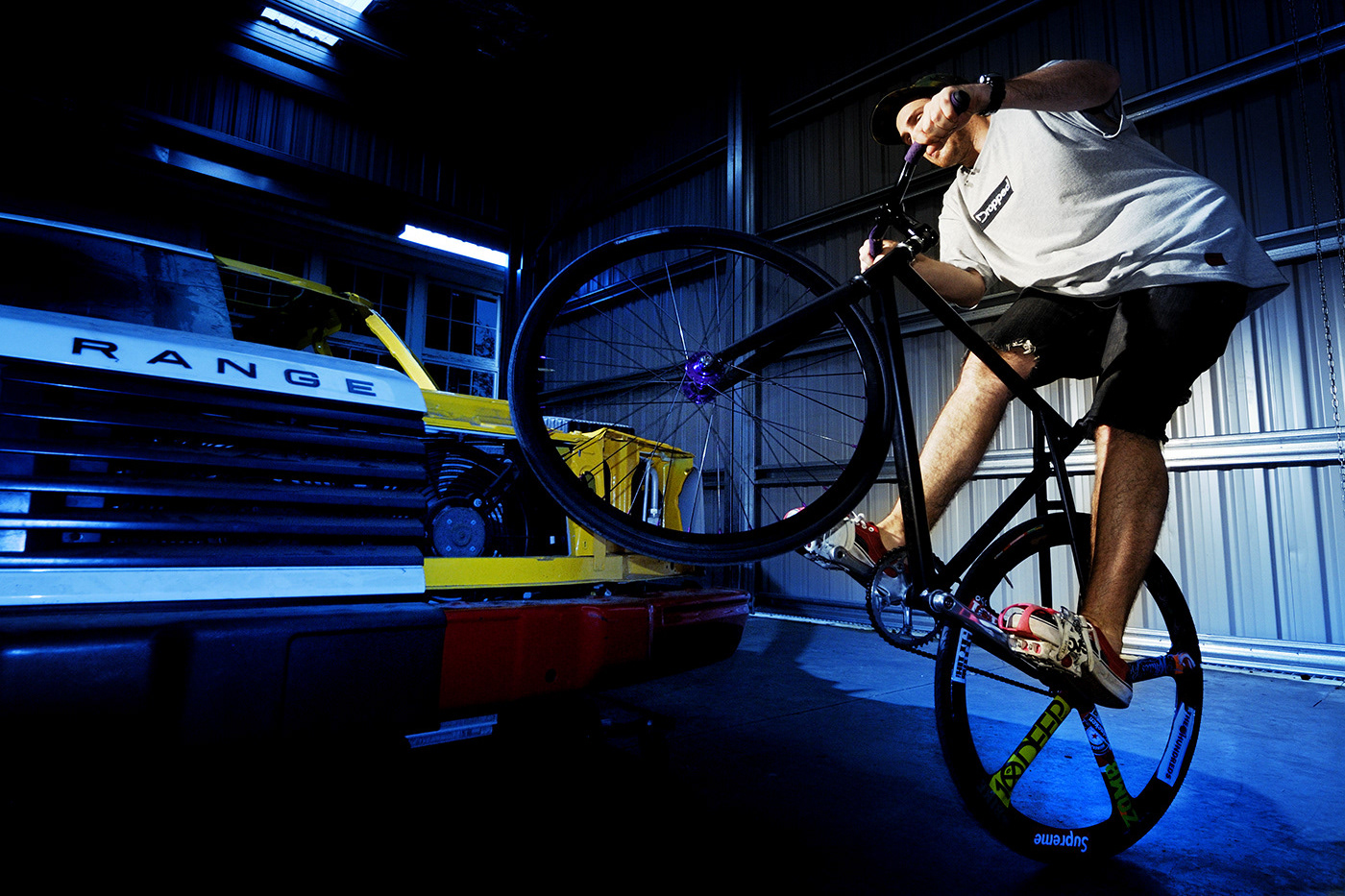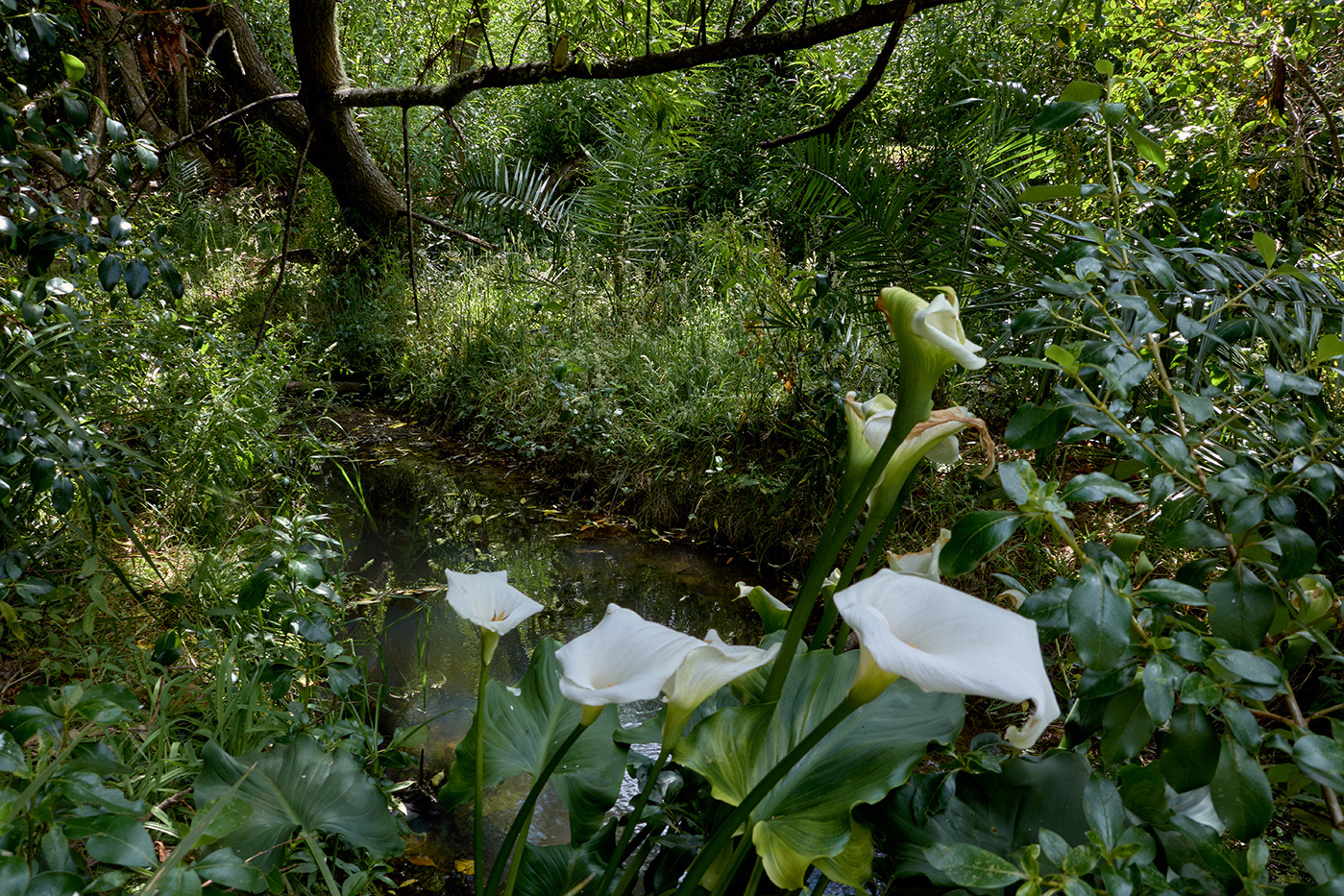A travelogue
North Island ~ Aotearoa
2019-2022
"O public road, you express me better than I can express myself." – Walt Whitman
State Highway 3, Taranaki
State Highway 2, Mangatainoka
State Highway 2, Waipawa River
State Highway 3 Tongapōrutu
West Shore, Napier
State Highway 12, near Dargarville
State Highway 3 south of Otorohanga
State Highway 5, Eskdale
State Highway 1, Taupiri
State Highway 39, Te Kowhai
State Highway 1, Huntly
Martinborough
State Highway 2, Waipukurau
State Highway 2, just out of Masterton
State Highway 31, Ōpārau Roadhouse
State Highway 2, Eketāhuna
Awakino
State Highway 2, Tangoio, Hawkes Bay
Raglan, Waikato
Raglan, Waikato




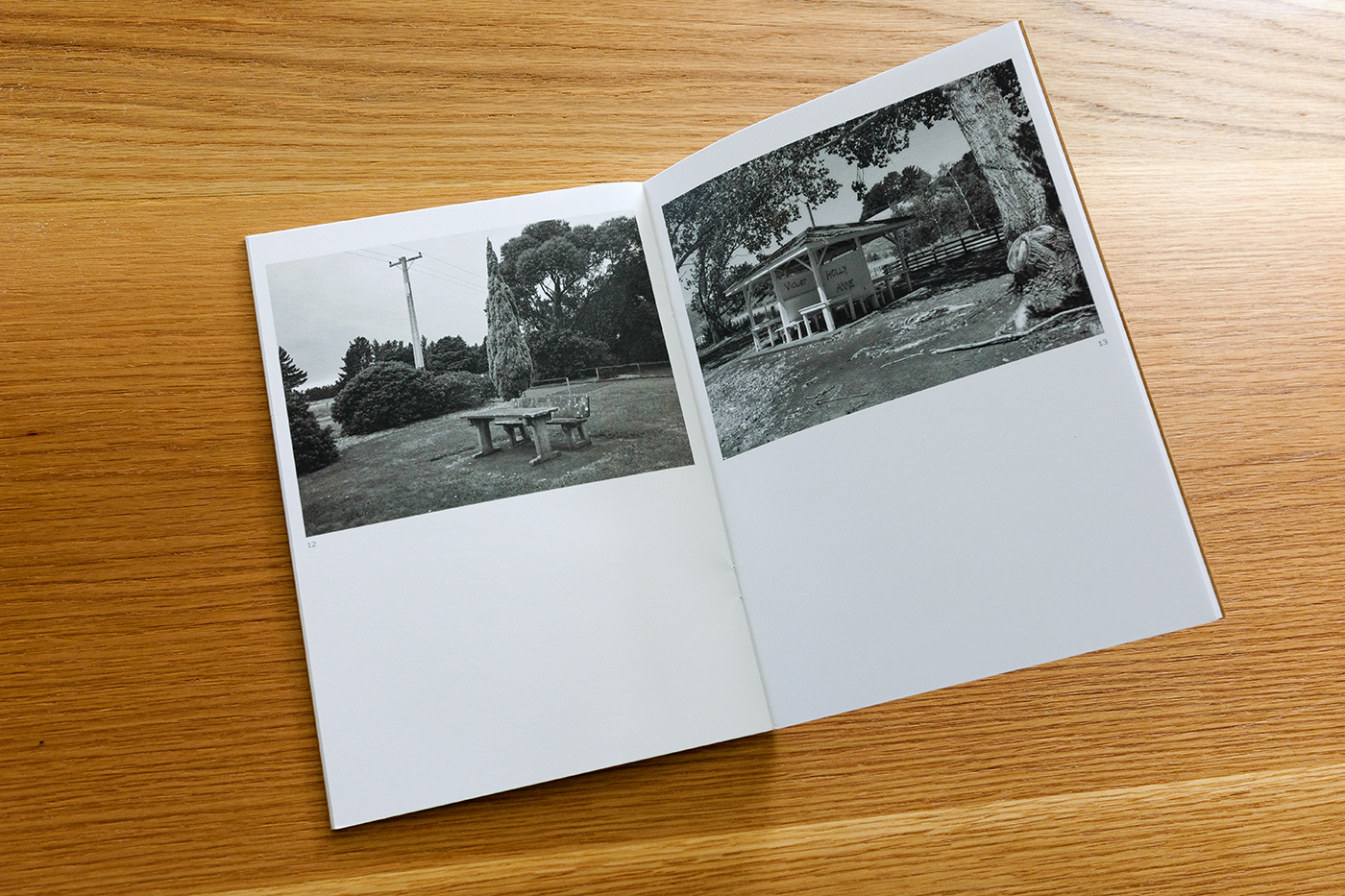
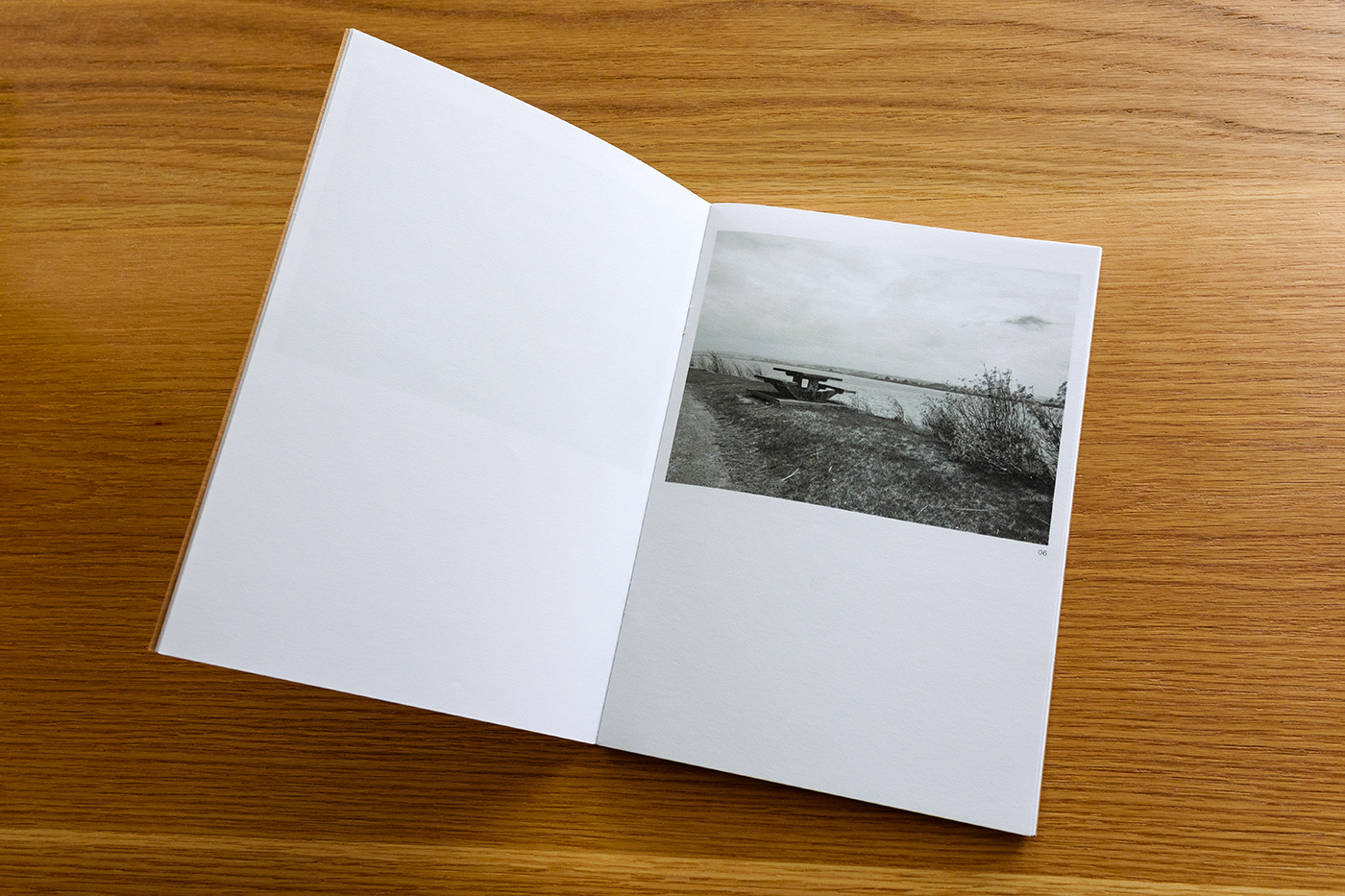
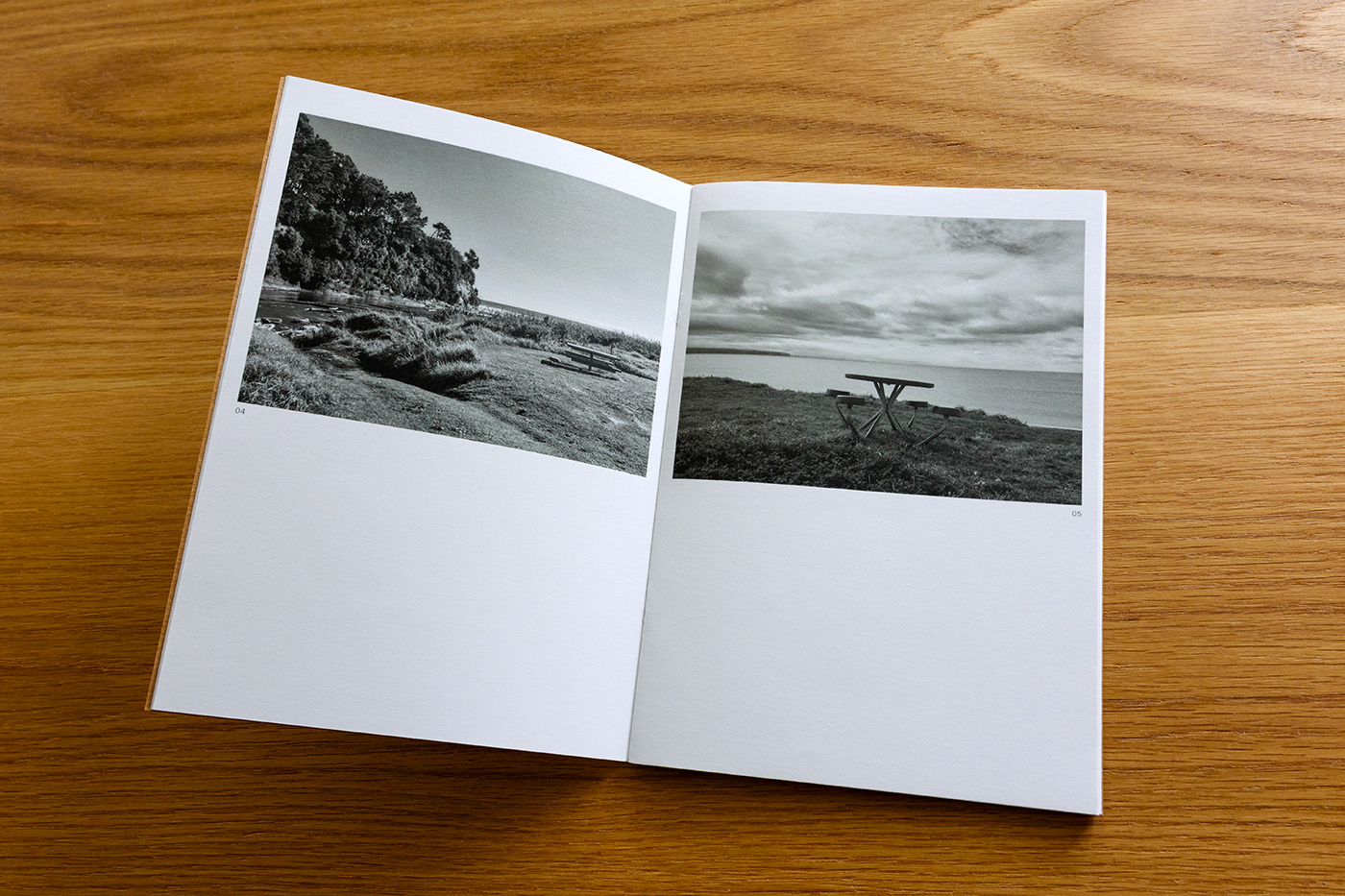
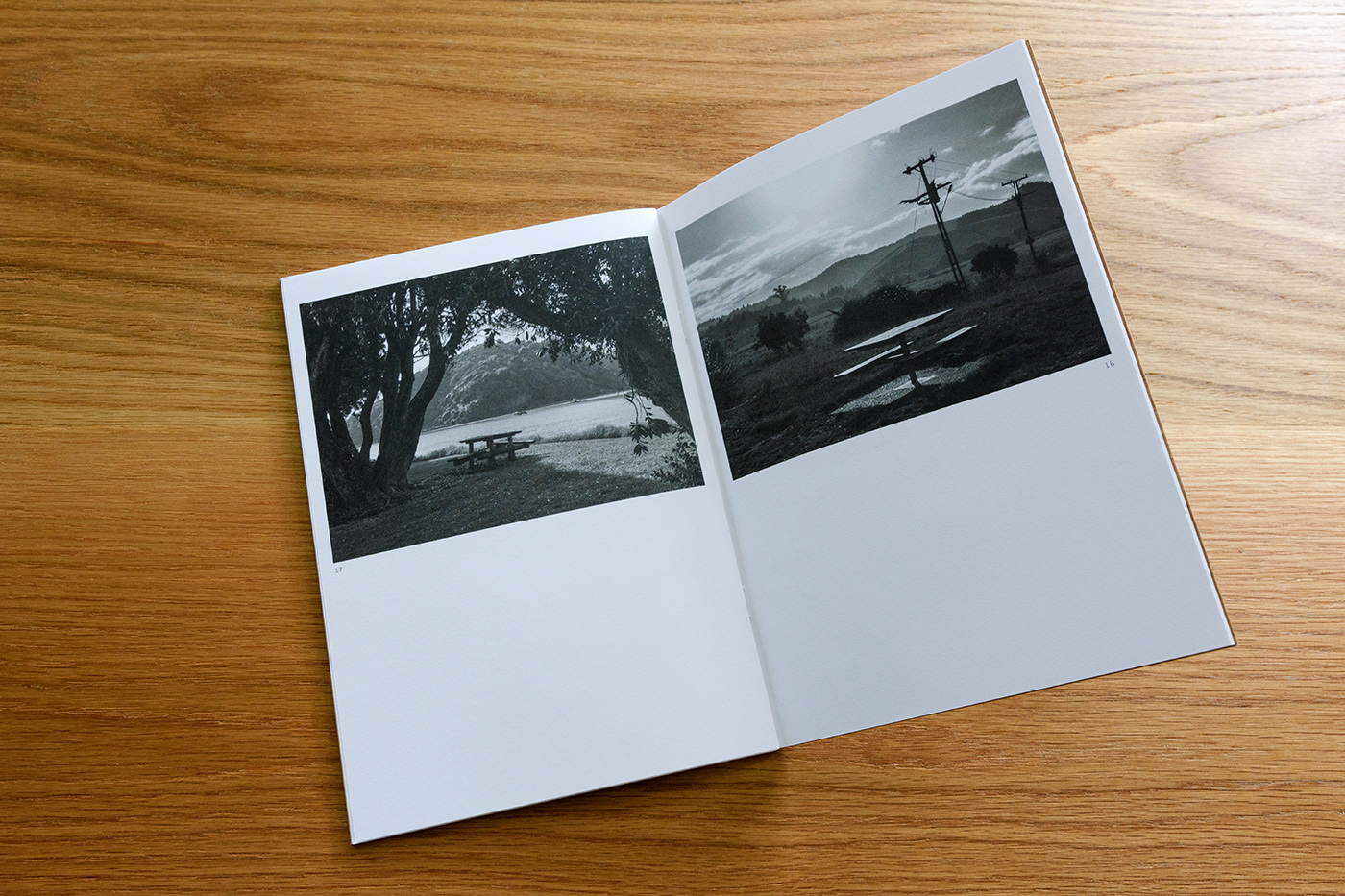
Held in the Museum of New Zealand Te Papa Tongarewa photobook collection

